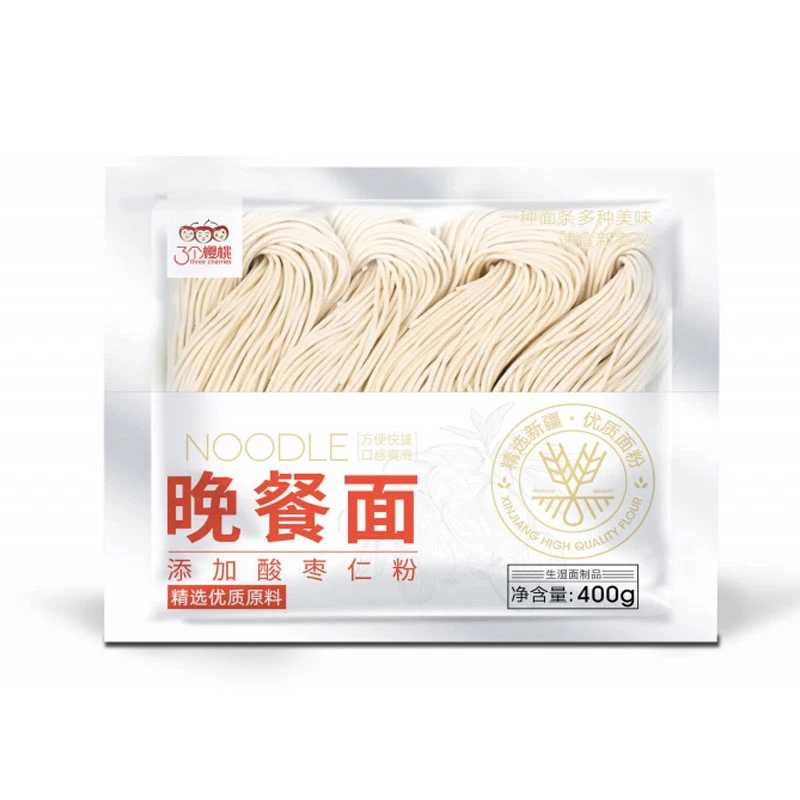Is Japanese Ramen Suitable for Diabetes Management and Healthy Eating Choices
Is Japanese Ramen Good for Diabetics?
Japanese ramen, a beloved noodle dish, is known for its rich flavors, delectable broth, and various toppings. However, for those managing diabetes, the question arises Is ramen a suitable choice? To answer this, we must explore its ingredients, nutritional content, and potential alternatives or modifications for a diabetic-friendly version.
Ramen typically consists of wheat noodles served in a meat or fish-based broth, often flavored with soy sauce or miso, and topped with ingredients like sliced pork, nori (seaweed), bamboo shoots, and green onions. While it is a delightful and filling meal, traditional ramen can be high in carbohydrates, sodium, and added sugars, which raises concerns for diabetics.
Carbohydrate Content
A standard serving of ramen noodles can contain around 40-70 grams of carbohydrates, depending on the portion size and type. For individuals with diabetes, managing carbohydrate intake is crucial for maintaining stable blood sugar levels. Consuming high-carb meals can cause spikes in glucose levels, making it essential to be mindful about portion size and frequency.
For diabetics, one potential consideration is the glycemic index (GI) of ramen noodles. Foods with a high GI can lead to rapid increases in blood sugar. Traditional wheat noodles used in many ramen dishes generally have a high GI, which may not be the best option for those with diabetes. However, it is possible to find or make whole grain or lower-GI noodle alternatives that may help mitigate the impact on blood sugar.
Sodium Levels
Another concern with ramen is its sodium content, especially from the broth and seasonings used. A single bowl of ramen can contain over 2,000 milligrams of sodium, which is well above the recommended daily limit. High sodium intake can be particularly problematic for individuals managing diabetes, as it can lead to increased blood pressure and cardiovascular problems, both of which are risk factors for diabetes complications.
Healthier Modifications
is japanese ramen good for diabetics

There are several ways to enjoy ramen while still being mindful of its impact on diabetes. Here are some tips for healthier modifications
1. Choose Whole Grain or Alternative Noodles Opt for whole grain or even vegetable-based noodles, such as spiralized zucchini or shirataki noodles, which are low in carbs and calories.
2. Control Portion Sizes One way to enjoy ramen without overwhelming your carbohydrate intake is to serve smaller portions. Pair it with a side of vegetables or a salad to fill you up.
3. Make Your Own Broth Instead of using store-bought broths, consider making your own to control sodium levels. Use low-sodium ingredients and add plenty of herbs and spices for rich flavor without the added salt.
4. Load Up on Vegetables Increase the vegetable content in your ramen. Adding leafy greens, mushrooms, and other veggies not only enhances the nutritional profile but also adds fiber, which can help stabilize blood sugar levels.
5. Limit Sugary Add-Ins Be cautious of any sweet sauces or toppings. Opt for fresher, less processed ingredients which are lower in added sugars.
Conclusion
In summary, while traditional Japanese ramen may not be the most diabetic-friendly food due to its high carbohydrate and sodium content, there are ways to enjoy this dish without compromising health. By making appropriate substitutions and modifications, diabetics can savor the flavors of ramen while keeping their blood sugar levels in check. For anyone managing diabetes, it’s essential to consult with healthcare professionals or a registered dietitian for personalized dietary advice. With the right approach, enjoying a bowl of ramen can still be a delightful experience that aligns with a balanced diabetic diet.
-
Unleash Your Inner Chef with Delectable Italian Pasta CreationsNewsAug.01,2025
-
Savor Health and Flavor: Irresistible Soba Noodles for Sale Await!NewsAug.01,2025
-
Nourish Your Body with Premium Organic Ramen - A Culinary Delight AwaitsNewsAug.01,2025
-
Elevate Your Dishes with Our Exquisite Kinds of Egg NoodlesNewsAug.01,2025
-
Dive into Flavorful Convenience with Our Ramen OfferingsNewsAug.01,2025
-
Discover Exquisite Types of Naengmyeon and Chilled Soba NoodlesNewsAug.01,2025
-
Is Whole Wheat Pasta Healthy?NewsMay.30,2025
Browse qua the following product new the we

















































































































